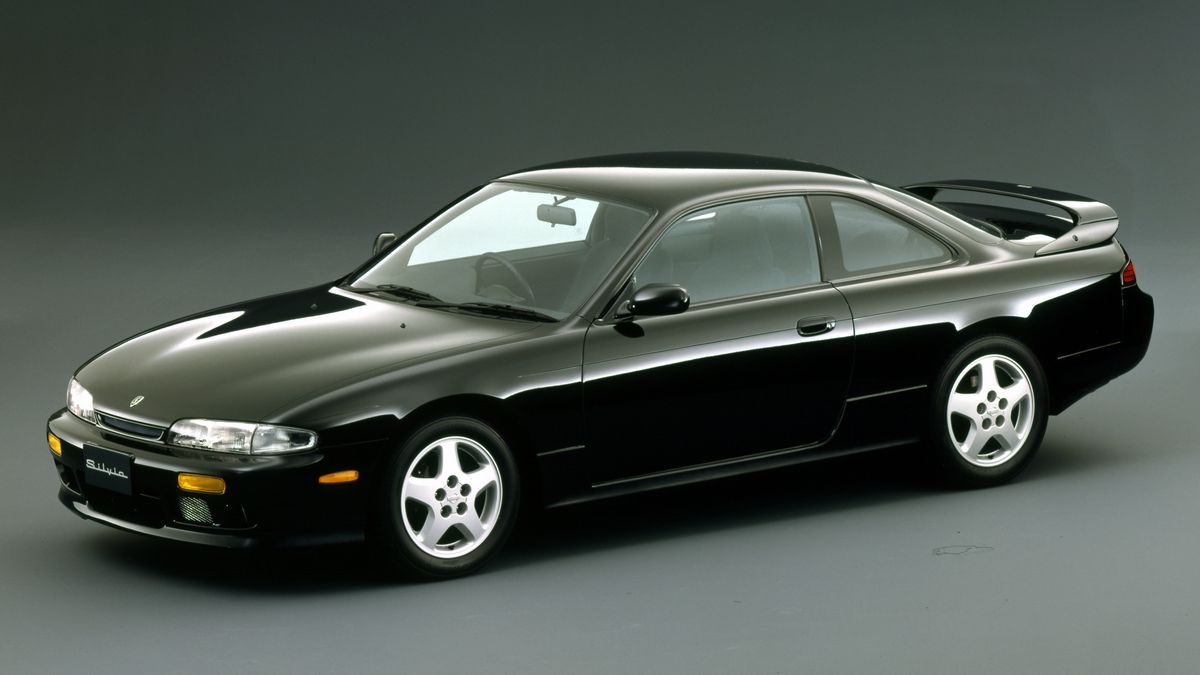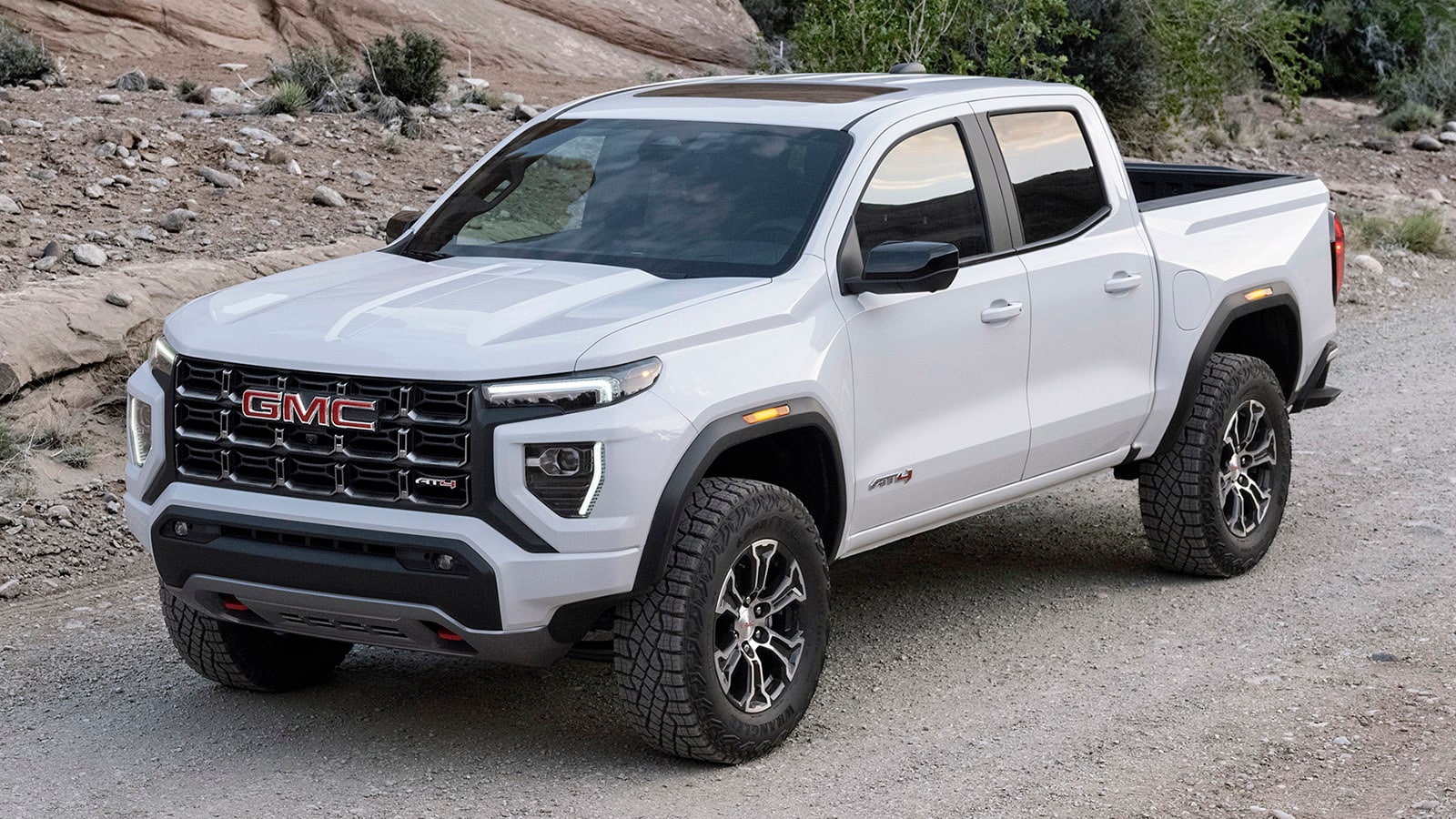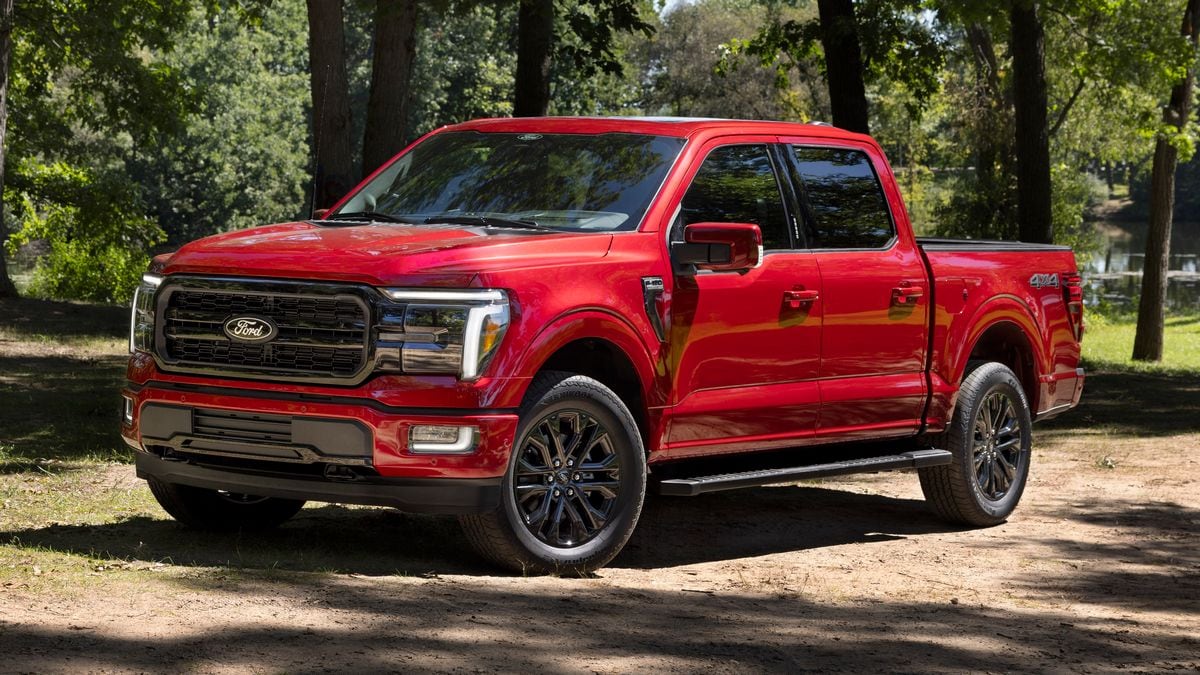Quick Facts About JDM Cars
- A tuner idealogue will tell you that JDM applies strictly to cars built and marketed in Japan. They are correct.
- The imported Nissan 240SX (Silvia in Japan) and the Acura NSX (Honda NSX in Japan) are not JDM cars.
- Yes, you can import JDM cars to the United States. However, the vehicles must be at least 25 years old.
In the Japanese-tuner world, Japanese Domestic Market (or JDM) cars have ascended to an iconic level. They are often spoken of in tones of wide-eyed reverence. By the way, tuners are vehicles with parts changed out so they drive faster. You can take the hand-me-down family Honda Civic, load it up with aftermarket components, cover it with a $10,000 paint job and parts-brand stickers, and head to the next TunerEvo event. However, beginning with an authentic JDM car will elevate your tuner project to Valhalla status before you spend a penny. A tuner, by the way, is shorthand for someone who tricks out a car (often, but not always, a Japanese brand model) with aftermarket parts and components to enhance its appearance, performance, and coolness factor. What qualifies a car as JDM?
What Are JDM Cars?
A tuner idealogue will tell you that JDM applies strictly to cars built and marketed in Japan for the Japanese domestic market. That’s it. End of story. In other words, Japanese-market vehicles rebranded or renamed and then exported to other markets are not JDM cars when rigorously defining the term. For example, the imported Nissan 240SX (Silvia in Japan) and the Acura NSX (Honda NSX in Japan) are not JDM cars. Somewhat diluting the JDM status, in their zeal to lay claim to the JDM corona, some tuners have stretched the JDM meaning to include such rebranded or renamed cars. However, the ideologues are correct.
How Can You Identify a JDM Car?
If you have doubts about the authenticity of a JDM car’s credentials, there is a basic litmus test: Does it have a vehicle identification number (VIN)? If so, it’s not a JDM car. Rather than VINs, JDM vehicles have a frame number (chassis number). Moreover, JDM vehicles will always be right-hand drive. The steering wheel is on the right side of the car since the Japanese traffic system uses the English style of driving on the left — the opposite of the U.S. standard.
Can You Import JDM Cars?
Yes, an individual can import a legitimate JDM car to the U.S. as long as the car is 25 years old or older. Several import firms, like JDM Expo, with offices in the U.S., can sell and import JDM cars. Moreover, some firms in Japan, like Japan Car Direct (JCD), can facilitate the purchase and import of a JDM car. Use a seasoned JDM importer familiar with all the rules, regulations, and paperwork JDM-car importing entails, and you will have a better chance of avoiding expensive pitfalls. For example, in some states, like Rhode Island, registering certain JDM models is illegal. California is also particularly problematic. A knowledgeable importer will know the ropes.
Why 25 Years Old?
Vehicles 25 years or older don’t have to adhere to U.S. crash or emissions testing standards. In some states, cars of this vintage are considered antique and may qualify for special registration and licensing (and specialty insurance).
Pros of JDM Cars
- Real deal – The Japanese tuner craze launched in, well, Japan. Therefore, building out an authentic JDM car immediately elevates the endeavor.
- Unique – Your right-hand-drive Honda Integra Type-R will immediately set you apart.
- Better-maintained – You should expect your JDM pick to be in at least somewhat better shape than a U.S.-spec model a quarter of a century or older because Japan adheres to a bi-annual mandatory car inspection regulation.
- History – Many JDM models have a rich history of racing, drifting, or rallying to spice up whatever conversations they inspire.
Cons of JDM Cars
- Age – With the 25-year-or-older mandate, any JDM car imported to this country will be well-seasoned.
- Expenses – Bringing a JDM into the U.S. involves a laundry list of additional taxes, fees, importer commissions, and other costs on top of the transaction price.
- Right-hand drive – Japan is a right-hand-drive country, with all JDM cars sporting this feature. Mastering the nuances of driving a car designed as right-hand drive on U.S. roads has a steep learning curve.
- Language – Your JDM car’s default language is Japanese, which can be an issue when using the infotainment system or owner’s manual.
- Replacement parts – Finding the necessary replacement parts may prove difficult and possibly add to the cost, depending on the JDM model. Investigate the parts situation of any JDM model before buying it.
10 Popular JDM Imports
A quest is made simpler with a starting point. We’ve assembled a list of 10 popular cars to get a committed JDM stalker started. Happy hunting!
- Mitsubishi Lancer Evo 9
- Mitsubishi Lancer Evo Wagon
- Nissan Silvia
- Nissan Skyline Hakosuka
- Nissan Fairlady Z
- Toyota Celica GT Four
- Toyota Supra SZ-R
- Subaru Impreza 228 Sti
- Honda Prelude BB6
- Honda Integra Type R




